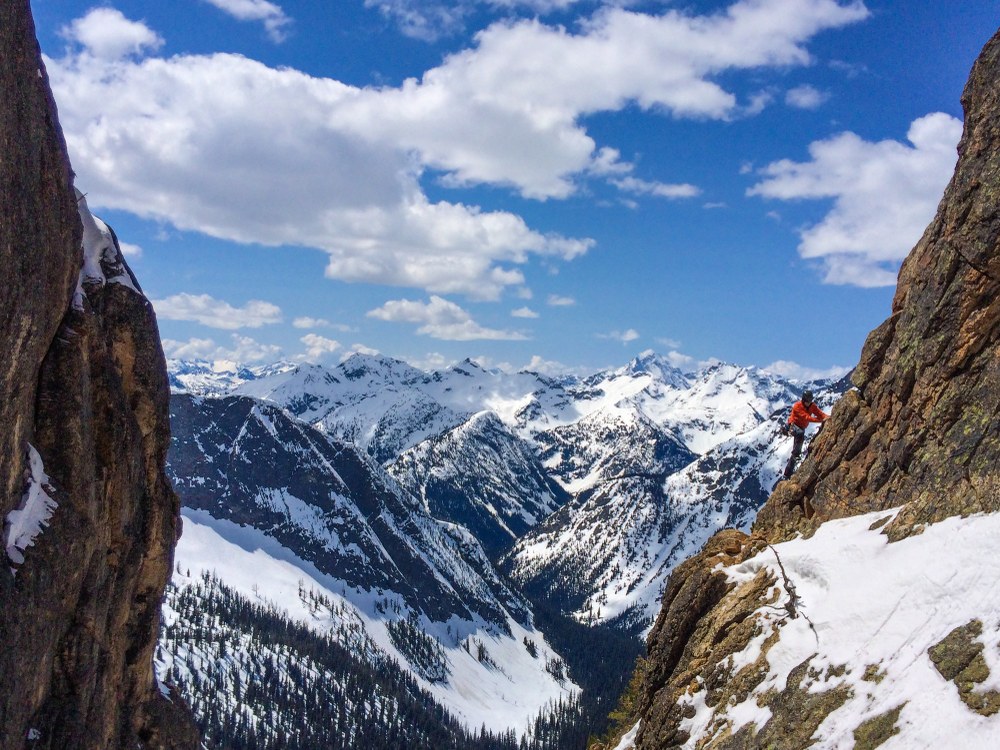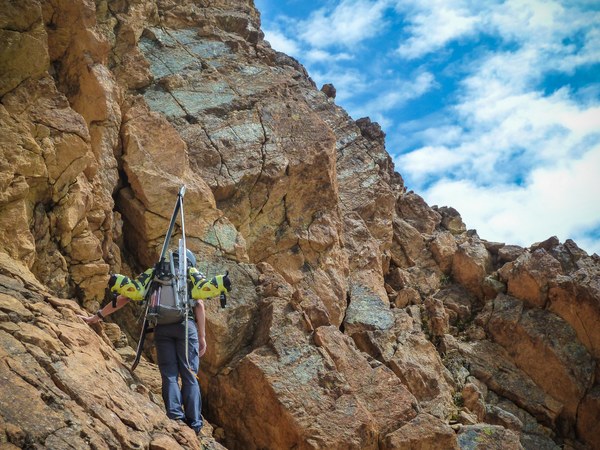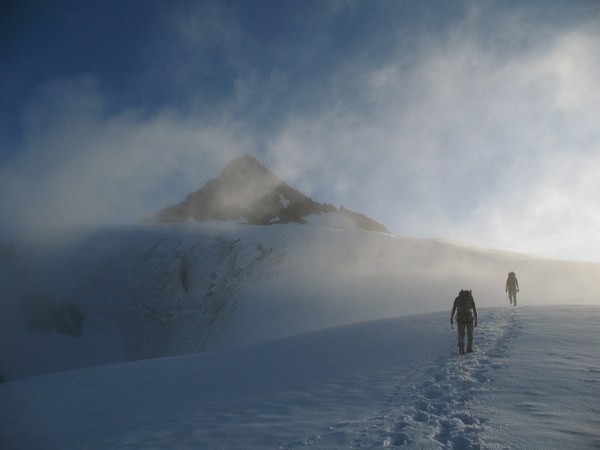
Mountains present many challenges that are out of our control, but of all the factors we can control, fitness is arguably the most important when it comes to our safety, success and enjoyment. Whether climbing a Cascade volcano or attempting an 8000-meter peak, mountaineering demands a varied set of fitness components. If you climb mountains, you’re an athlete. No matter what your level, training for the specific demands of climbing mountains can make for a more fun and even safer experience.
As a coach and founding member of Evoke Endurance, I teach mountaineers of all abilities how to develop each of these components individually before bringing them together into a complete fitness profile that will fuel their summit attempts. Here are some basic tips to keep in mind as you prepare for your own adventures.

Aerobic Capacity
The foundation of all endurance fitness is aerobic capacity. Without getting too deep into the science, having a solid aerobic capacity creates the foundation to move your body for long durations without running out of gas. Aerobic capacity also supports quicker recovery from workouts, even high intensity ones.
The best way to develop aerobic capacity is to do low-intensity aerobic training, such as hiking or jogging at moderate paces. Whether you’re an elite athlete or entry-level climber, the bulk of the workouts in all phases of a proper endurance training plan will be aerobic workouts below Aerobic Threshold (AeT). As an athlete progresses, the goal then becomes to increase durations and consistency. In other words, the way to boost your aerobic capacity is to go longer, not harder.
Strength Training
Mountaineering typically requires more muscular strength than a marathon. Carrying heavy packs, breaking trails, and ascending steep terrain using all four limbs places significant demands on the muscles. However, mountaineers certainly don’t need (and shouldn’t want) a Schwarzenegger-like physique. Bulky muscles are simply extra weight to carry and oxygenate.
The strength training progression I use has three phases: general strength, max strength and muscular endurance. During the general strength phase, athletes focus on basic compound movements, core strength and mobility. Examples of general strength exercises include push ups, pulls ups, squats, lunges, planks and bridges. The goal with max strength is to increase the amount of weight an athlete can move across sport-specific movement patterns without adding bulk. Common max strength workouts for mountaineers involve step ups and heel touches on a box with heavy weight and a low number of reps. The final layer, muscular endurance, trains the muscles to exert a relatively high percentage of their maximum available force for many thousands of repetitions. During gym-based ME workouts, athletes perform hundreds of jump lunges, squat jumps, step ups, front lunges, kettlebell swings and goblet squats with minimal rest. The best ME training for mountaineers, however, is to carry a very heavy pack (35-55 pounds) up the steepest possible grade, making the legs burn the entire time.
In general, one strength workout per week on similar muscle groups is sufficient to maintain strength, while two workouts per week is enough to develop strength and still provide sufficient recovery.

recovery
An underappreciated and essential element of training is recovery. Workouts stress the muscles, making us temporarily weaker. The body’s adaptations to this stimulus are what make us stronger. To adapt, the body needs rest. At a minimum, athletes should plan one full rest day per week and one active recovery day involving a relatively short, low-intensity session, possibly in an alternative modality such as swimming or biking. Additionally, I typically plan one recovery or “consolidation” week per month, where I reduce the total weekly training volume by 30-50%. This allows the body to reach a state of equilibrium at a higher level of fitness while providing a mental break from the grind.
Technique
Although it’s not a fitness component, technique should not be overlooked in a training plan. Efficient movement maximizes available fitness. Even the fittest athlete in the world won’t be successful if they are wasting energy with every step.
I suggest incorporating goal-specific skills practices into workouts. For example, if training for Denali, use snowshoes or skis (depending on your planned mode of travel) and drag a weighted sled during a long weekend hike. If training for Everest, practice ascending fixed ropes on steep ice and walking over a ladder wearing crampons. Refine your technique during training to minimize energy expenditures when you’re on the real mountain.
Conclusion
Consistency is the key that unlocks endurance fitness gains. Just like on a mountain climb, incremental steps repeated over a long duration have a compounding effect that—with patience and discipline—will eventually lead to impressive achievements. If you’re interested in learning more, the Evoke Endurance website has a wealth of information on proper training practices, and you can always reach out to us if you have questions or are interested in coaching.
For a limited time, Evoke Endurance is offering Mountaineers members a 15% discount on the best mountaineering training plans in the world. All you need is a free TrainingPeaks account to load the plan into. I personally wrote many of the notes for these plans, and I can vouch for their detail and efficacy. Best of luck in training and on all your upcoming adventures!
 Leif Whittaker
Leif Whittaker